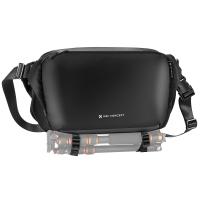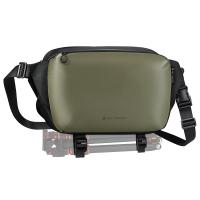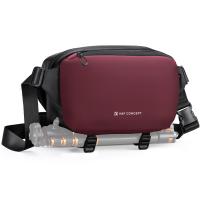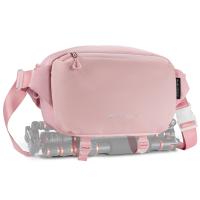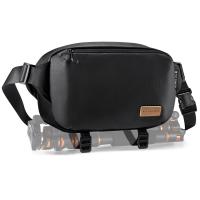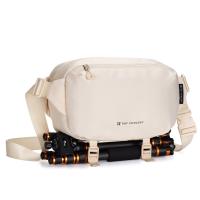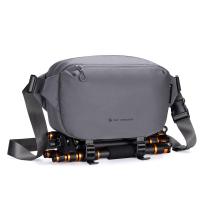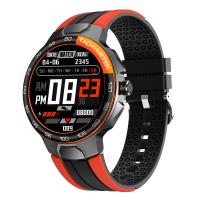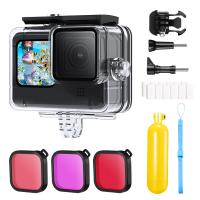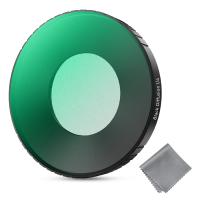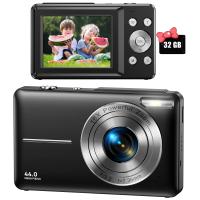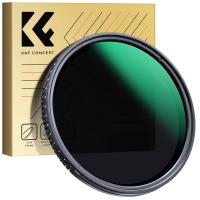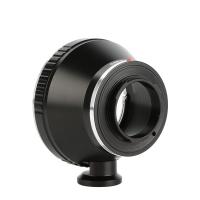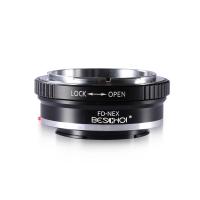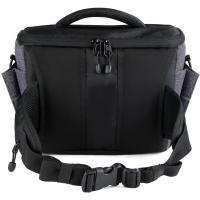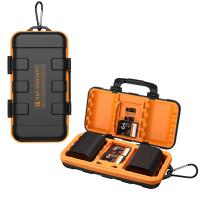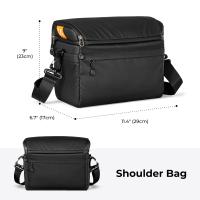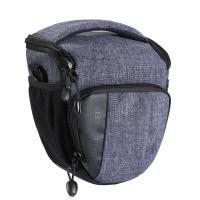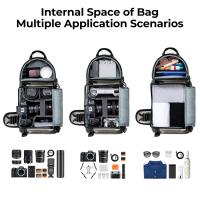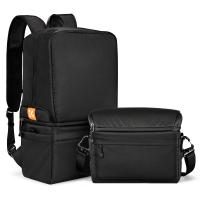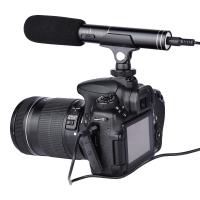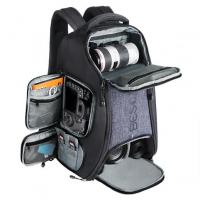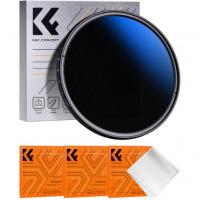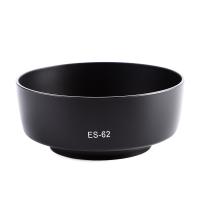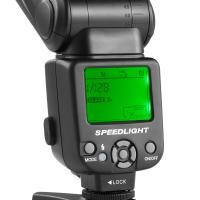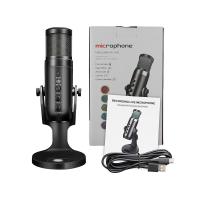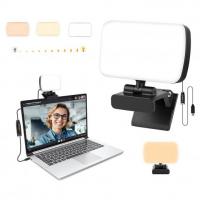How To Store Camera In Bag?
Storing a camera in a bag might seem like a straightforward task, but doing it correctly can significantly extend the life of your equipment and ensure that it remains in optimal working condition. Whether you are a professional photographer or an enthusiastic hobbyist, understanding the best practices for storing your camera in a bag is crucial. This article will delve into the essential steps and considerations for safely storing your camera, lenses, and accessories in a bag, ensuring they are protected from damage, dust, and moisture.
Choosing the Right Camera Bag
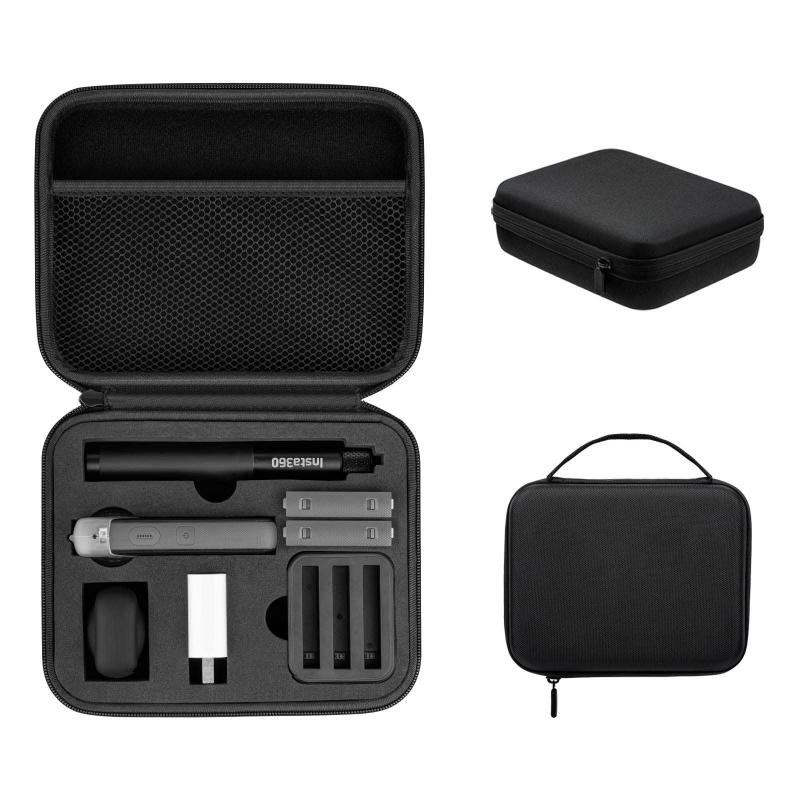
The first step in storing your camera properly is selecting the right bag. Camera bags come in various shapes, sizes, and designs, each catering to different needs and preferences. Here are some factors to consider when choosing a camera bag:
1. Size and Capacity: Ensure the bag is large enough to accommodate your camera body, lenses, and other accessories. However, it should not be too large, as this can lead to unnecessary movement and potential damage.
2. Padding and Protection: Look for a bag with adequate padding to protect your equipment from shocks and impacts. The padding should be thick enough to absorb any bumps and prevent damage.
3. Compartments and Dividers: A good camera bag should have adjustable compartments and dividers to keep your gear organized and prevent them from knocking against each other.
4. Weather Resistance: If you often shoot outdoors, consider a bag with weather-resistant features to protect your equipment from rain, dust, and other environmental elements.
5. Comfort and Accessibility: The bag should be comfortable to carry, with padded straps and ergonomic design. Additionally, it should allow easy access to your gear so you can quickly retrieve your camera when needed.
Preparing Your Camera for Storage
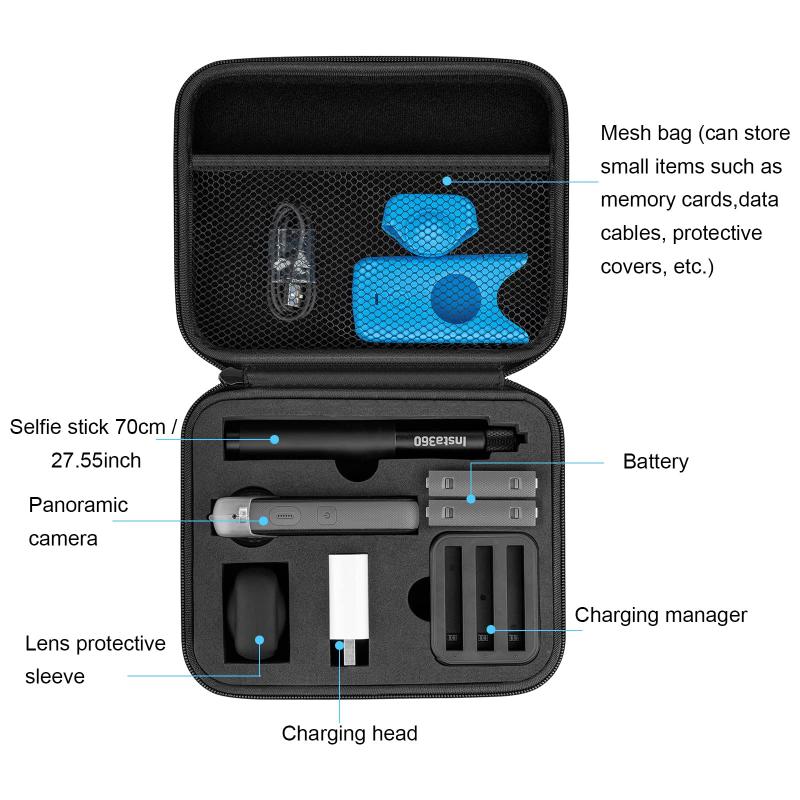
Before placing your camera in the bag, it is essential to prepare it properly. Here are some steps to follow:
1. Turn Off the Camera: Always turn off your camera before storing it to prevent accidental damage and conserve battery life.
2. Remove the Battery and Memory Card: If you are not planning to use your camera for an extended period, remove the battery and memory card. This prevents potential battery leakage and data corruption.
3. Clean the Camera and Lenses: Use a microfiber cloth to clean the camera body and lenses. Remove any dust, fingerprints, or smudges to prevent them from causing damage over time.
4. Attach Lens Caps and Body Caps: Always attach the lens cap to the front of the lens and the body cap to the camera body to protect the sensor and lens elements from dust and scratches.
5. Use a Camera Wrap or Pouch: For added protection, consider using a camera wrap or pouch before placing your camera in the bag. This provides an extra layer of cushioning and protection.
Organizing Your Camera Bag
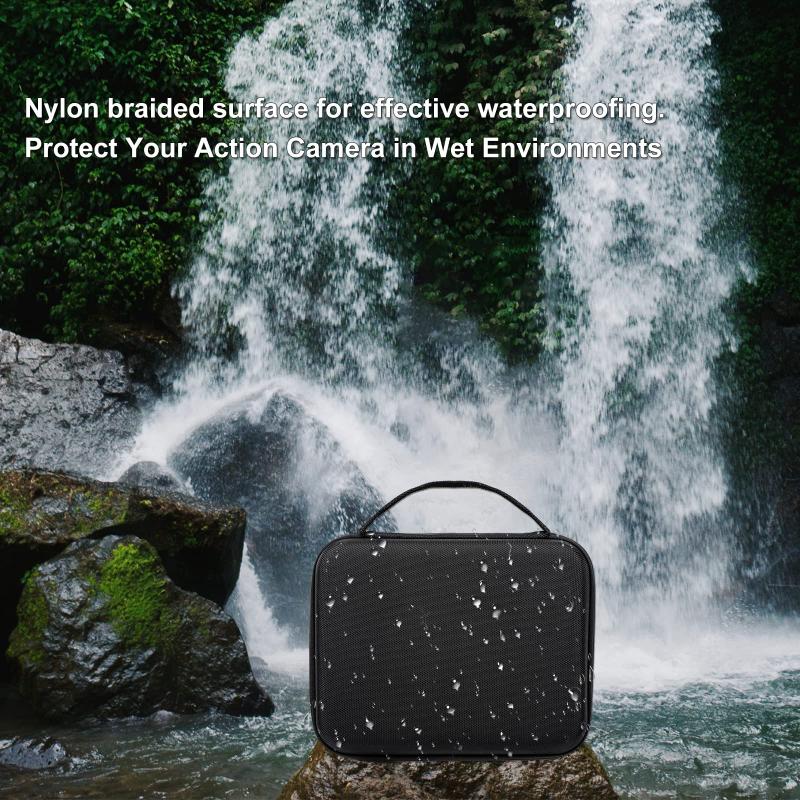
Proper organization of your camera bag is crucial to ensure that your equipment remains safe and easily accessible. Here are some tips for organizing your camera bag:
1. Place the Camera Body in the Main Compartment: The camera body should be placed in the main compartment of the bag, with the lens facing down. Ensure that the camera is snugly fit and does not move around.
2. Store Lenses in Separate Compartments: Each lens should be stored in its own compartment or padded pouch. This prevents them from knocking against each other and causing damage.
3. Use Dividers to Separate Accessories: Use the adjustable dividers to create separate sections for accessories such as batteries, memory cards, filters, and cleaning kits. This keeps everything organized and prevents items from getting lost.
4. Keep Frequently Used Items Accessible: Place frequently used items, such as spare batteries and memory cards, in easily accessible pockets or compartments. This allows you to quickly retrieve them when needed.
5. Secure Loose Items: Ensure that all loose items, such as cables and chargers, are securely stored in zippered pockets or pouches to prevent them from moving around and causing damage.
Additional Tips for Storing Your Camera
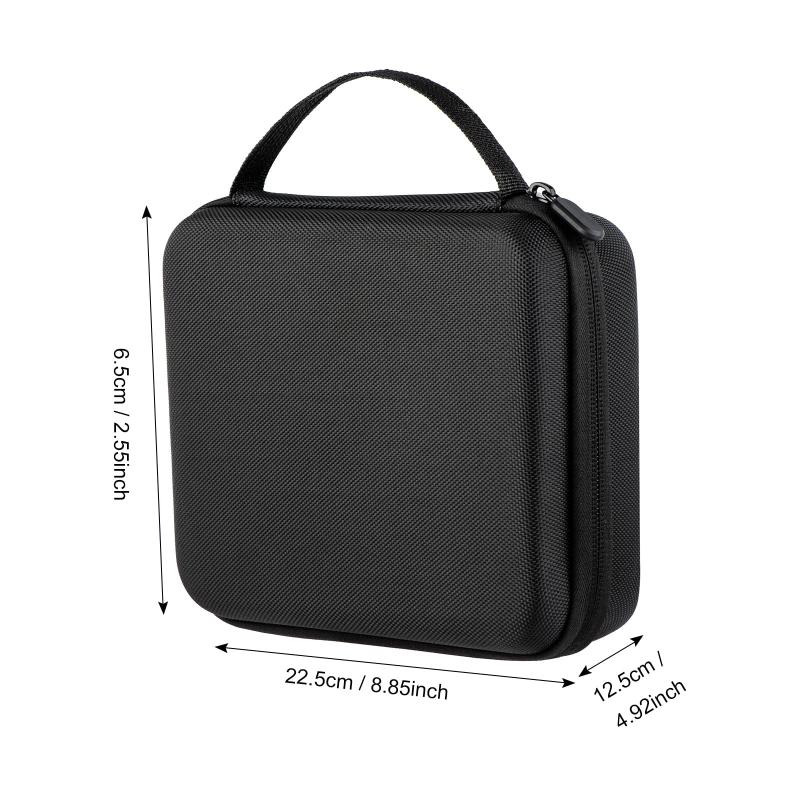
In addition to the above steps, here are some additional tips to keep in mind when storing your camera in a bag:
1. Avoid Overpacking: Do not overpack your camera bag, as this can put pressure on your equipment and cause damage. Only carry the essentials and avoid unnecessary items.
2. Regularly Check and Clean Your Bag: Regularly check your camera bag for any signs of wear and tear. Clean the interior and exterior of the bag to remove dust and debris that could potentially damage your equipment.
3. Use Silica Gel Packs: Place silica gel packs in your camera bag to absorb moisture and prevent mold and mildew from forming. This is especially important if you live in a humid climate.
4. Store in a Cool, Dry Place: When not in use, store your camera bag in a cool, dry place away from direct sunlight and extreme temperatures. This helps to preserve the integrity of your equipment.
5. Label Your Gear: If you have multiple pieces of equipment, consider labeling them to keep track of what is stored in each compartment. This makes it easier to find what you need and ensures that nothing is left behind.
Properly storing your camera in a bag is essential for protecting your valuable equipment and ensuring it remains in good working condition. By choosing the right camera bag, preparing your camera for storage, organizing your bag effectively, and following additional storage tips, you can safeguard your gear from damage, dust, and moisture. Whether you are traveling, shooting on location, or simply storing your camera at home, these best practices will help you maintain the longevity and performance of your camera and accessories. Remember, taking the time to store your camera correctly can save you from costly repairs and replacements in the long run.


